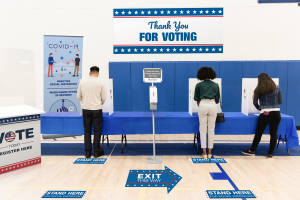The scale of the pandemic’s impact on supply chains, manufacturing, labor and costs eclipses anything most manufacturers have experienced before. As these conditions hit the print industry, we’re seeing material costs across all categories increase over 10%. Have you been watching the supply chain? The New York Times article “How the World Ran Out of Everything” takes a deep dive into Just In Time (JIT) manufacturing, inventory shortages and the global shipping chaos. CNBC reports that supplier price increases climbed 6.6% in May – the largest 12-month increase on record. Reuters imparts that manufacturing is slow-going due to shortages of inputs and rising demand in their article “Supply chain bottlenecks amid roaring demand slow U.S. manufacturing”.
We are on top of it
Buying raw materials and manufacturing products requires a dependable and undisrupted supply chain. The increased demand and limited availability of materials and services has had a huge impact on turn times and the final cost of goods across all industries. It takes creativity and careful analysis in order to stay on top of the fluctuations and navigate the disruptions. That’s why we are closely monitoring seven core markets that effect our business, allowing us to gauge the impact on us as well as how it impacts our valued distributors.
Markets we’re watching and a snippet of current findings
- Paper Market
- All graphic paper costs have increased and availability on just about every grade of paper is limited.
- Label Market
- Pricing pressures, substantial inflation and paper pulp price increases compounded with domestic freight and ocean transportation disruptions are causing imbalances to the market.
- Retail Signs & Graphics Market
- Pivots in product demand, rising costs and surcharges are a few of the conditions shaking things up.
- Packaging Market
- Demand is elevated while earnings are down and prices are way up.
- Promotional Market
- The promo market continues to grapple with rising prices and inventory issues.
- Logistics Market
- Fuel costs, truck scarcities and TL rate increases continue to challenge freight markets.
- Labor Market
- Employee scarcities, a high number of job openings and demand for higher pay will take a while to sort out.

- Employee scarcities, a high number of job openings and demand for higher pay will take a while to sort out.
We go into much greater detail of the impacts on the print supply chain along with providing mitigation tools for you in our digital flipbook: Supply Chain Impacts on the Print Market, A distributor’s strategic guide for navigating price increases. In this overview you will find insights into the print markets, the impacts to manufacturing, and mitigation steps we’re taking to minimize the impact. We also share specific steps you can take to reduce the impact to your business. It is filled with resources and content to help you understand so you can take action from an informed position.
Benefits amid the changes
Some good news for you in all of this is the benefit you have with working with Navitor. Prices are increasing across the board in our industry and we are seeing much higher increases than ours rolling out in competitive companies. Because we have scale, it minimizes the percentage of increase so you don’t have to absorb the entirety of the price increases.
We’re here for you
Staying on top of market trends and industry conditions gives us the means to help you deliver the best customer experiences. To make sure you’re giving your customers what they need and addressing topics important to them, rely on us as your go-to resource for thought leadership and innovation.
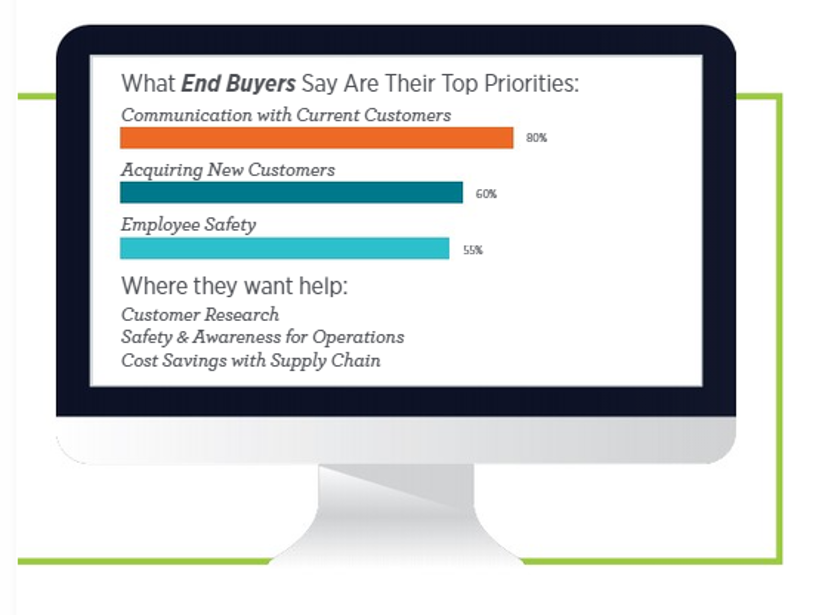
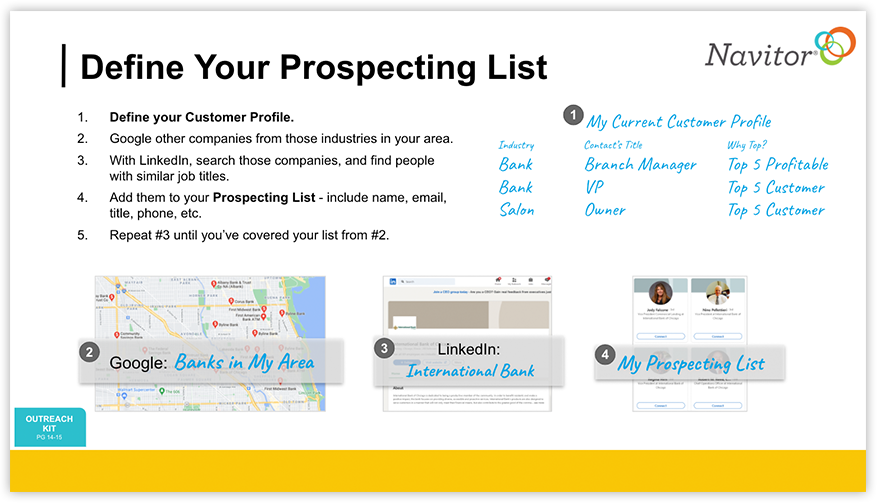


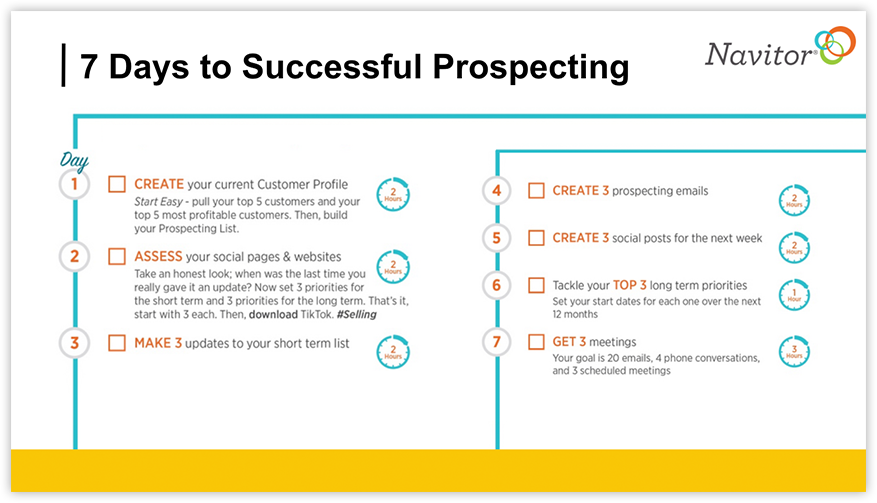

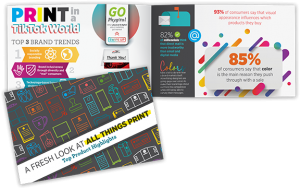
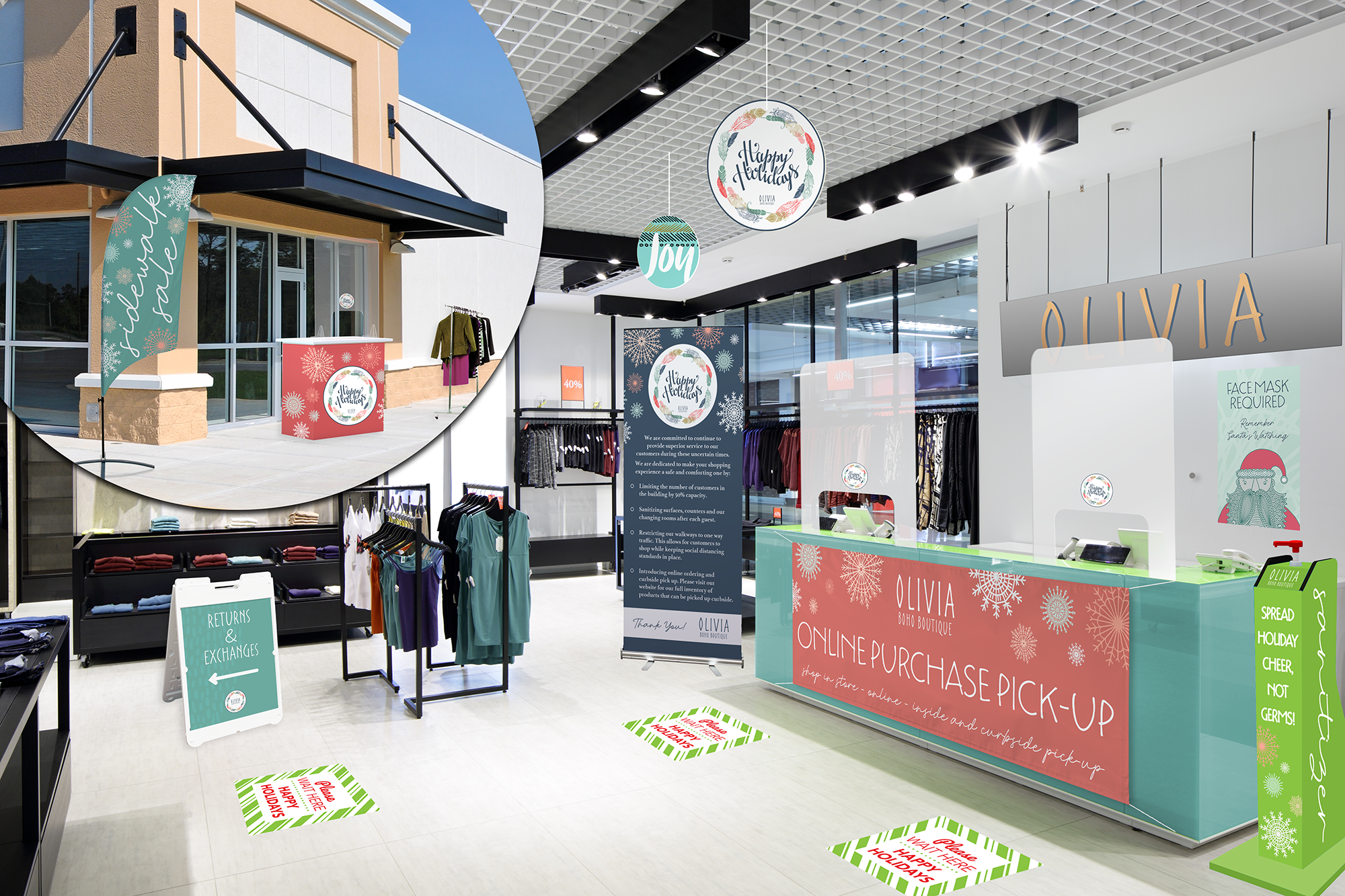
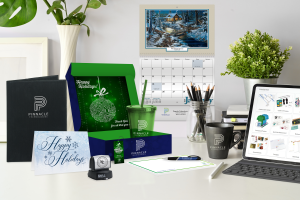
 What a remarkable and unprecedented year it has been. As 2020 comes to a close and we head into cold and flu season, it is unclear whether COVID-19 will persist at its current pace, if there will be an onslaught of smaller outbreaks, or if a larger second wave is on the horizon. To further compound matters, flu season is right around the corner, generally lasting through January. This overlap has many concerned – are we facing a double whammy? Or will social distancing and our new hygiene habits stave off the spread of influenza this year? Either way, we are in for an interesting season, and because this flu season may be quite daunting, there will likely be a lot more customers looking for products to prepare for it.
What a remarkable and unprecedented year it has been. As 2020 comes to a close and we head into cold and flu season, it is unclear whether COVID-19 will persist at its current pace, if there will be an onslaught of smaller outbreaks, or if a larger second wave is on the horizon. To further compound matters, flu season is right around the corner, generally lasting through January. This overlap has many concerned – are we facing a double whammy? Or will social distancing and our new hygiene habits stave off the spread of influenza this year? Either way, we are in for an interesting season, and because this flu season may be quite daunting, there will likely be a lot more customers looking for products to prepare for it.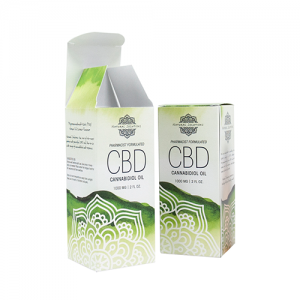

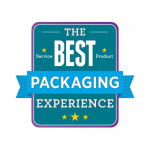
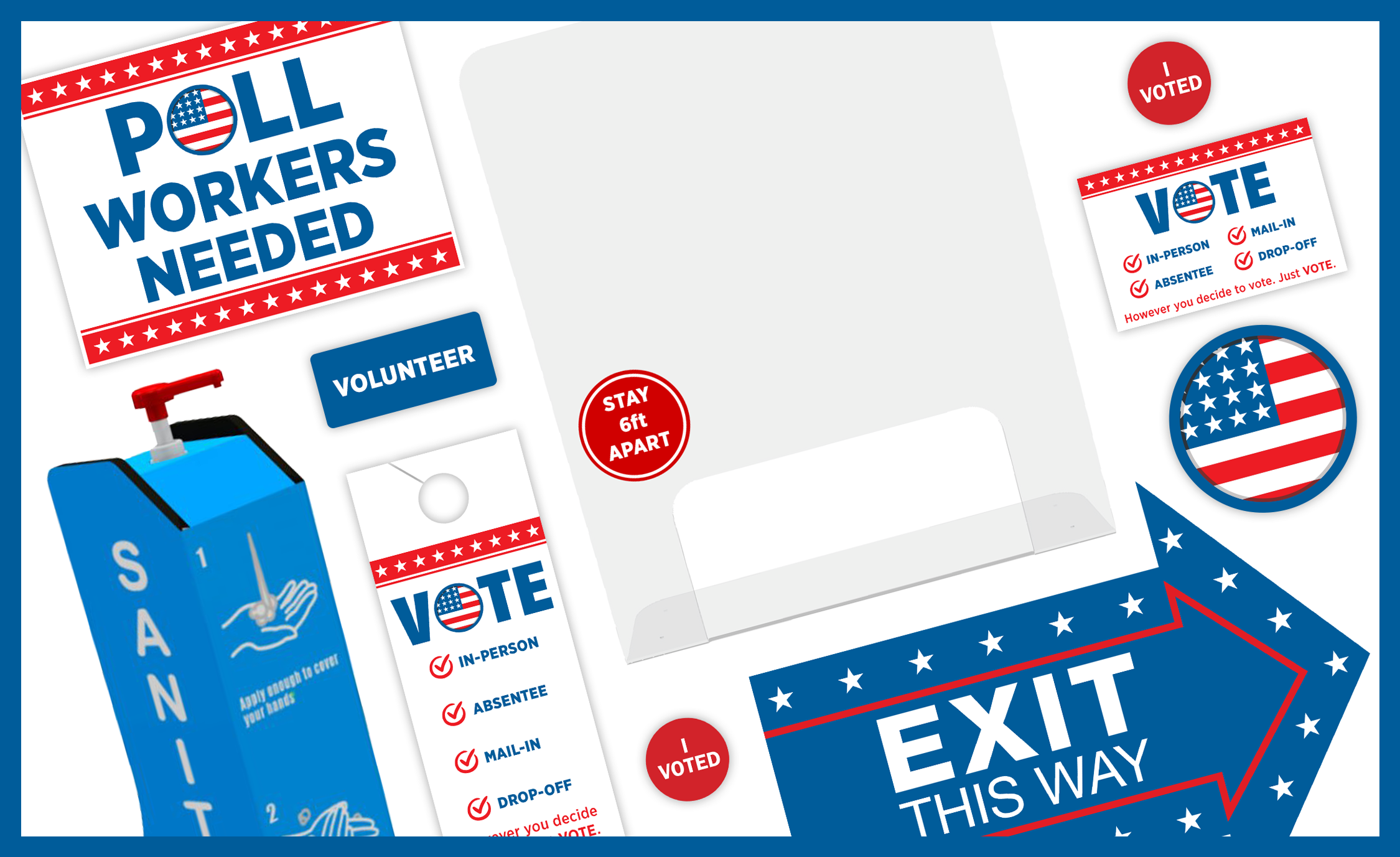 No question, voting will look different this year than in the past. Election safety needs have changed dramatically due to COVID-19. Some people are apprehensive about voting in person. Understandably, Americans are looking at all the different ways they can vote in this coming election. Voters and poll workers alike need assurances they can vote and volunteer safely. Putting voters and poll workers at ease with information and safe polling places calms fears and streamlines the voting process. This year you can expect to find more directional signage guiding the traffic flow in and out of polling places via eye-catching
No question, voting will look different this year than in the past. Election safety needs have changed dramatically due to COVID-19. Some people are apprehensive about voting in person. Understandably, Americans are looking at all the different ways they can vote in this coming election. Voters and poll workers alike need assurances they can vote and volunteer safely. Putting voters and poll workers at ease with information and safe polling places calms fears and streamlines the voting process. This year you can expect to find more directional signage guiding the traffic flow in and out of polling places via eye-catching 